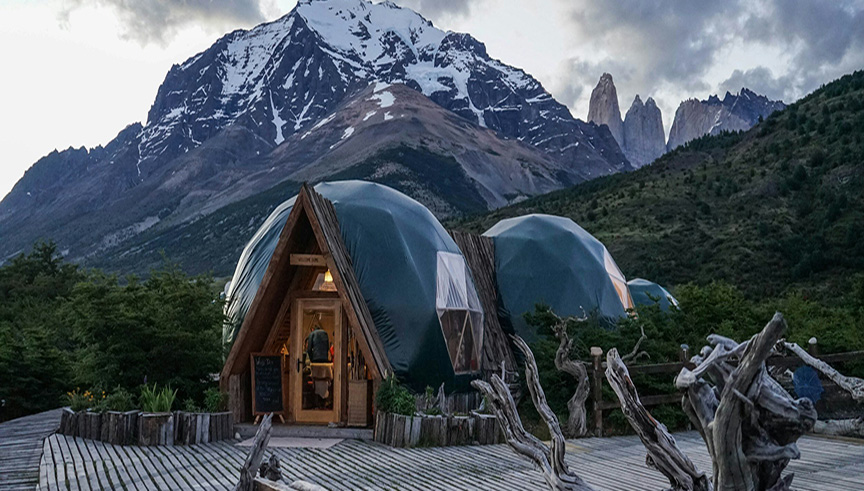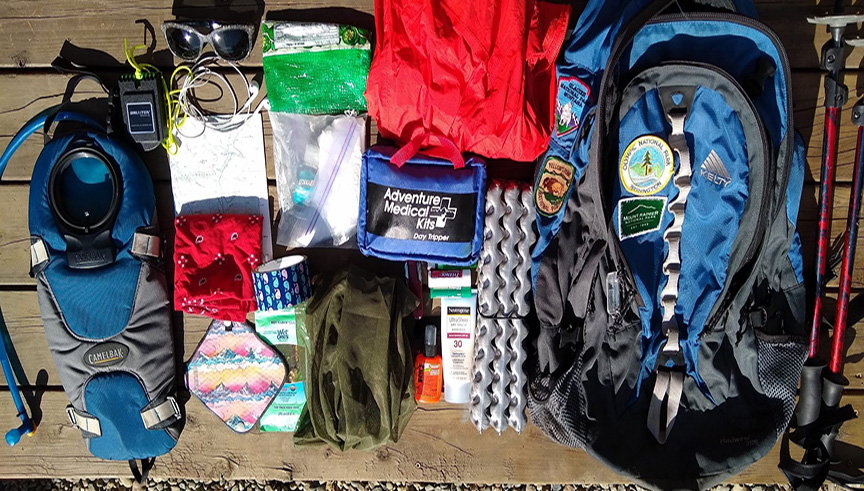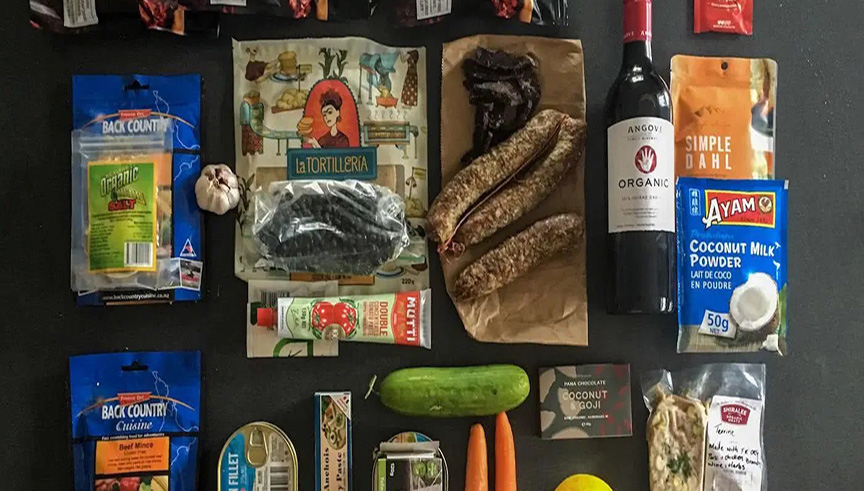
- by Simone
Hiking is an exhilarating way to connect with nature, but ensuring your safety and comfort requires thorough preparation. I recently embarked on a memorable hiking trip in Chile’s Torres del Paine National Park. August, with its winter conditions, provided unique challenges and rewards. I’ll share how to prepare your gear and food to make your hiking adventure as smooth and enjoyable as possible.
Exploring Torres del Paine National Park
Torres del Paine National Park, located in the southern Patagonia region of Chile, covers approximately 242,000 hectares. The park is renowned for its dramatic landscapes, including the towering Paine Massif, stunning glaciers, pristine lakes, and expansive grasslands. In August, the park transforms into a winter wonderland, with snow-covered peaks and a quieter atmosphere compared to other seasons. This time of year offers a different but equally breathtaking experience.
The park features several iconic landmarks: the imposing Torres del Paine (Paine Towers), the scenic Valle del Francés (French Valley), and the striking Glaciar Grey (Grey Glacier). These features are particularly captivating in winter, when the landscapes are covered in a blanket of snow, creating a magical, serene environment.
What Gear to Bring for Hiking
For hiking in Torres del Paine, especially in winter, your gear must be able to handle cold temperatures and challenging terrain. Here’s a detailed list of essential gear that I found invaluable for my trip:
Waterproof and Insulated Jacket:
- Given the cold and potentially snowy conditions in August, a high-quality waterproof and insulated jacket is crucial. Opt for a jacket with good breathability and windproof features to stay dry and comfortable during your hikes.

Base Layers and Mid-Layers:
- Layering is key to managing your body temperature. I packed several sets of moisture-wicking base layers and insulating mid-layers, such as fleece or down jackets. These layers help regulate your body temperature, keeping you warm during rest periods and cool during active hiking.
Waterproof Hiking Boots:
- In snowy and slippery conditions, waterproof hiking boots are essential. Choose boots with good breathability and excellent traction to prevent slips and provide stability on uneven terrain.
Hiking Poles:
- Hiking poles are useful for reducing strain on your legs, particularly during ascents and descents. Adjustable poles are particularly beneficial for navigating various terrains and maintaining balance.
Sleeping Bag and Tent:
- Given the low temperatures in August, a sleeping bag rated for cold weather is necessary. I brought a high-quality down or synthetic sleeping bag to stay warm at night. Also, a windproof and waterproof tent is essential to protect you from the elements.
Personal Care and First Aid Supplies:
- Pack personal care items such as sunscreen, lip balm, and toiletries. A first aid kit with basic medical supplies, like bandages, antiseptic, and pain relievers, is crucial for addressing any minor injuries or illnesses.
Navigation Tools:
- Carry maps, a compass, or a GPS device to ensure you stay on track. While the park’s trails are well-marked, navigation tools can help you avoid getting lost, especially in adverse weather conditions.
Food and Water Container:
- Adequate food and water are essential for maintaining energy levels. Pack high-energy, easy-to-carry food items like energy bars, dried fruits, and nuts. Bring a durable water bottle to stay hydrated throughout your hike.
What Food to Prepare for Hiking
Proper food preparation is crucial for maintaining energy and efficiency during long hikes. Here’s a detailed list of food items I prepared for my hike:
High-Energy Foods:
- Energy Bars: Lightweight and packed with energy, these are ideal for quick snacks during hikes. They provide a convenient way to boost energy levels on the go.
- Nuts and Dried Fruits: Rich in fats and protein, nuts and dried fruits offer sustained energy. They also provide a variety of flavors and textures to keep your diet interesting.
Instant Meals:

- Freeze-Dried Foods: These meals are easy to carry and only require hot water for preparation. High-calorie, nutritious options like freeze-dried beef or vegetable soup are great for meal times at the campsite.
- Canned Foods: Non-perishable and compact, canned foods like beans and chicken can serve as backup meals. They’re easy to store and prepare.
Hot Drinks and Supplements:
- Coffee and Tea: Hot beverages provide warmth on cold nights. Bring coffee grounds and tea bags for a comforting drink at your campsite.
- Electrolyte Drinks: To replenish electrolytes and fluids, consider bringing sports drinks or electrolyte powders. They’re especially helpful during extended hikes.
- Food Storage and Preparation:
- Food Containers: Use waterproof and cold-resistant containers to keep food fresh and prevent it from freezing.
- Portable Stove: A portable stove is useful for heating meals and boiling water. Ensure you have enough fuel and know how to use the stove safely.
Hiking Experience in Chile
My hiking experience in Torres del Paine was truly unforgettable. The winter scenery of August provided a unique backdrop, with snow-covered peaks and glaciers creating a stunning visual feast. Although the cold weather presented its challenges, it also offered a serene and picturesque environment that added a special touch to the hike.
I found that having the right gear and food was essential for a successful trip. Comfortable clothing and proper footwear allowed me to navigate various terrains with ease, while high-energy foods and sufficient hydration kept my energy levels high. Each campsite provided a tranquil escape, and despite the cold nights, the warmth of my sleeping bag ensured a good night’s sleep, readying me for the next day’s adventures.
A hiking trip to Torres del Paine or any other trekking destination is an enriching experience when well-prepared. By meticulously packing essential gear and planning your food, you can ensure a comfortable and enjoyable adventure. I hope my insights help you prepare for your own hiking journey, allowing you to fully immerse yourself in the natural wonders and challenges of your chosen destination. Proper preparation and careful planning are the keys to a successful and memorable hiking adventure.